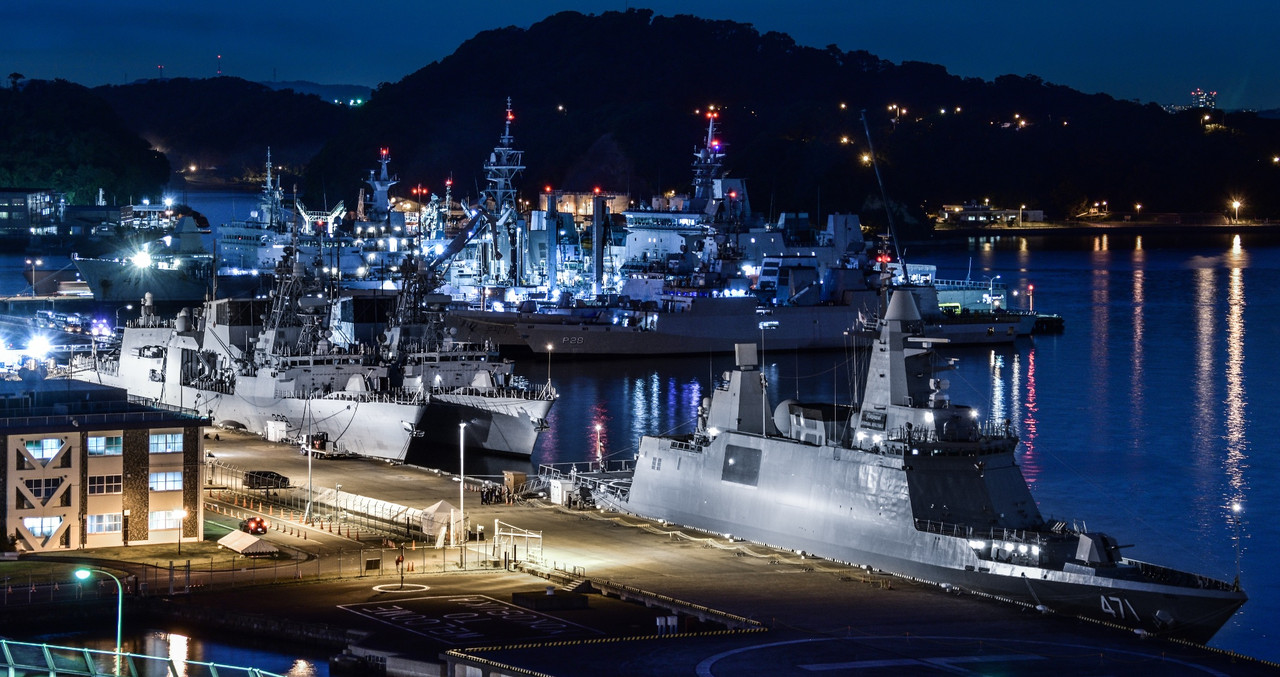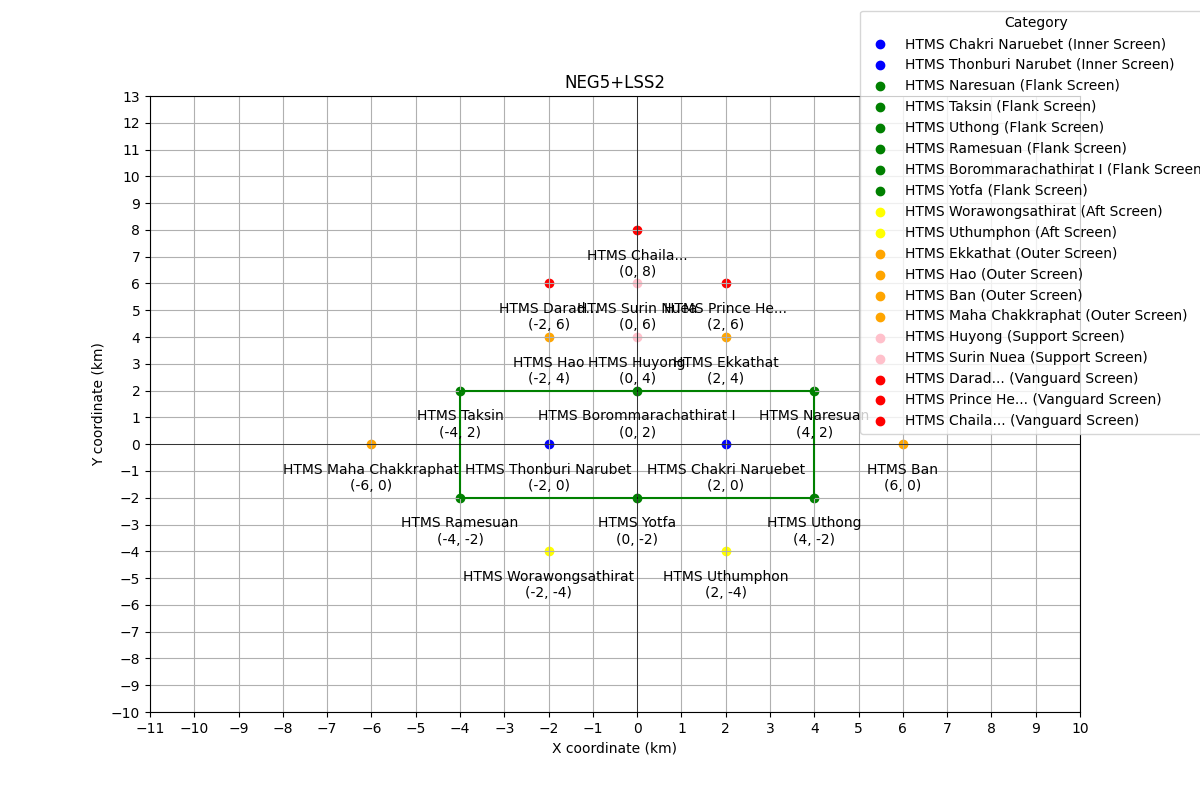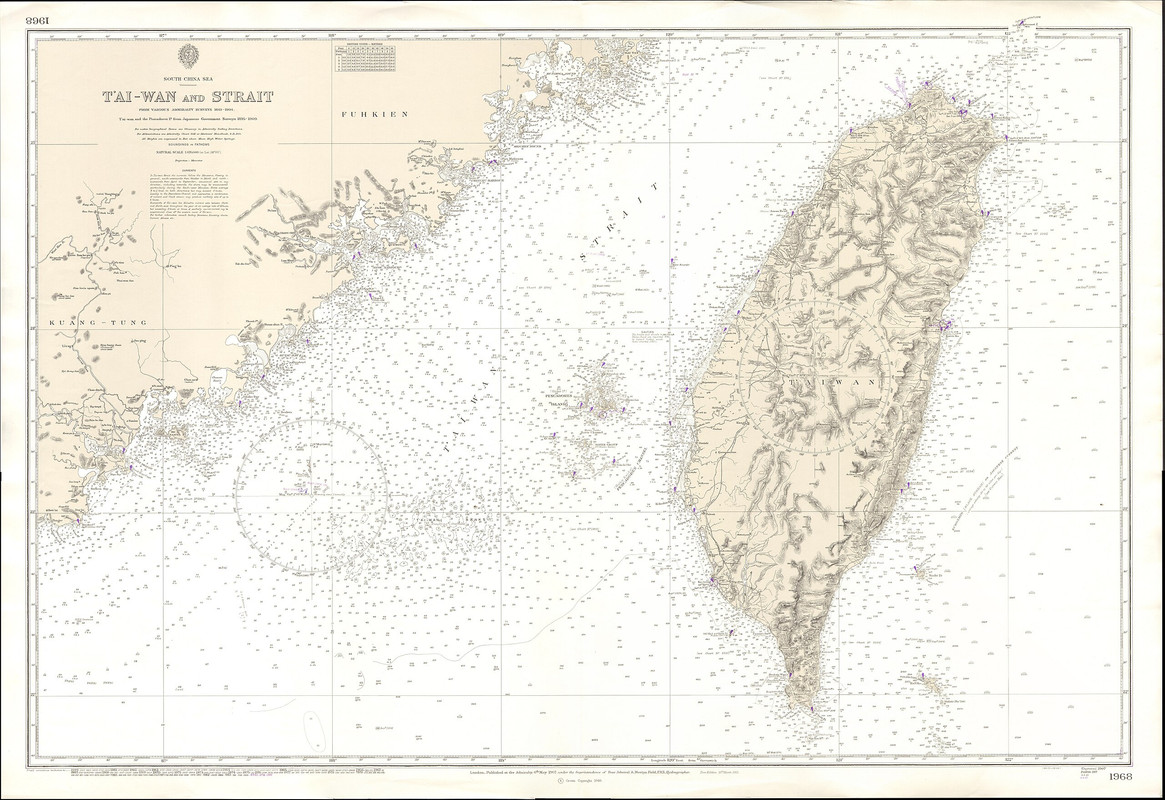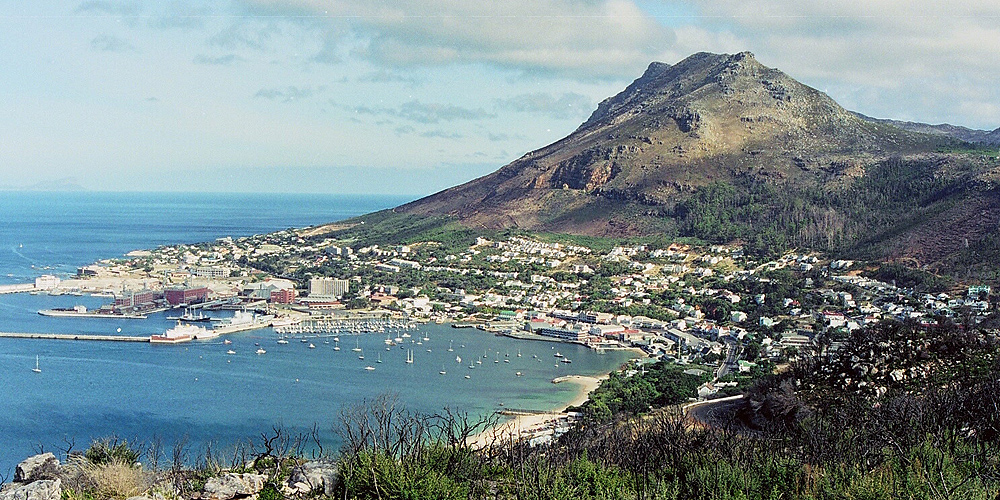- May 4, 2021
- 2,886

Title: Operation Seafaring III
Document Number: RTAF-SEAFA-003/2003
Classification: Semi-Confidential | Secret
Security Level: NSST Protocol + Traditional Maximum Secure Encrypted Method
Date: September 5, 2003
XI. IntroductionX
Background and Objective
With the year 2003 coming closer to its end, the Republic Thai Navy was tasked to project power once more time to ensure the stability and security of the Asian continent, the region where Thailand's immediate sphere of influence lies. Operation Seafaring III is a successor to Operation Seafaring II, which ceased in favor of re-establishing a cordial relationship between Thailand and the United States. Being the third of its kind, the Naval Expeditionary Group One (NEG), the Republic Thai Navy's most capable and sophisticated carrier strike group, was bestowed to sail within the vast confines of the Asian continent's waters.
XII. Command and ControlX
2.1 Guidance
This operation is conducted under the guidance of the Defense Minister, Sutin Klungsang, and approval from Prime Minister Thaksin Shinawatra.
XIII. Operational ForcesX
Republic Thai Navy First Fleet
- Naval Expeditionary Group One (NEG1)
- [15] Naresuan-class Frigate
- 2,250 Crews
- HTMS Naresuan
- HTMS Taksin
- HTMS Uthong
- HTMS Ramesuan
- HTMS Borommarachathirat I
- HTMS Yotfa
- HTMS Worawongsathirat
- HTMS Uthumphon
- HTMS Ekkathat
- HTMS Hao
- HTMS Ban
- HTMS Maha Chakkraphat
- HTMS Chailangkaphisan Sophakkhun
- HTMS Daradirekratphairot
- HTMS Prince Hemphinphaichit
- 2,250 Crews
- [2] Chakri Narubet-class light aircraft carrier
- 2,152 Crews
- HTMS Chakri Narubet
- HTMS Thonburi Narubet
- 2,152 Crews
- RTNAF Squadron 501
- [17] Kamov Ka-50
- 170 Crews
- [3] Eurocopter EC725
- 30 Crews
- [17] Kamov Ka-50
- RTNAF Squadron 501
- [16] Kamov Ka-50
- 160 Crews
- [4] Eurocopter EC725
- 40 Crews
- [16] Kamov Ka-50
- [15] Naresuan-class Frigate
- Submarine Squadron (SS)
- [3] Type 209/1400 Submarine
- 108 Crews
- HTMS Manopakorn
- HTMS Phahonphonphayuhasena
- HTMS Plaek
- 108 Crews
- [3] Type 209/1400 Submarine
XIV. ExecutionX
4.1 Initial Deployment
All personnel will be reported to the respective base with all necessary equipment per the Defense Ministry documents.
4.2 Communication
Effective communication among all the units must be maintained. Any unidentified or suspicious activity must be reported to the command center immediately.
4.3 Rules of Engagement
Engagement will be per the established Rule of Engagement (ROE) with the application of Increased Vigilance (IVG) and international laws. The use of force must be proportionate, and only used in self-defense or to deter identified threats after all non-lethal methods have been exhausted. They would never enter any country's territorial water
4.4 Support
Logistic support, including fuel, supplies, and maintenance, will be provided by the respective naval bases.
XV. CoordinationX
5.1 Inter-agency
Liaise with maritime agencies such as the Navy, Coast Guard, and Air Force to ensure maximum coverage and sharing of intelligence.
5.2 International
In case any foreign vessels or units are involved, contact must be established with the respective embassies or consulates and the situation must be reported to the Ministry of Foreign Affairs.
XVI. ConclusionX
The Defense Ministry has mobilized all necessary resources for the deployment of Operation Seafaring III. The Defense Ministry expects that its contribution will represent Thailand's role as a world leader dedicated to peace, stability, and cooperation in the Asian continent.
[Signature]
Sutin Klungsang
Defence Minister
[Signature]
Thaksin Shinawatra
Prime Minister, Republic of Thailand
Document Clearance:
The Office of the Prime Minister
The Ministry of Foreign Affairs
The National Intelligence Agency
The Republic Thai Air Force Command Center
The Republic Thai Navy Command Center
The Republic Thai Armed Forces Special Warfare & Operation Command
Distribution List:
The Office of the Prime Minister
The Ministry of Foreign Affairs
The National Intelligence Agency
The Republic Thai Air Force Command Center
The Republic Thai Navy Command Center
The Republic Thai Police
The Republic Armed Forces Headquarters
The Republic Thai Air Defense Command
The Naval Special Warfare Command
The Air Force Security Force Command
Last edited:







